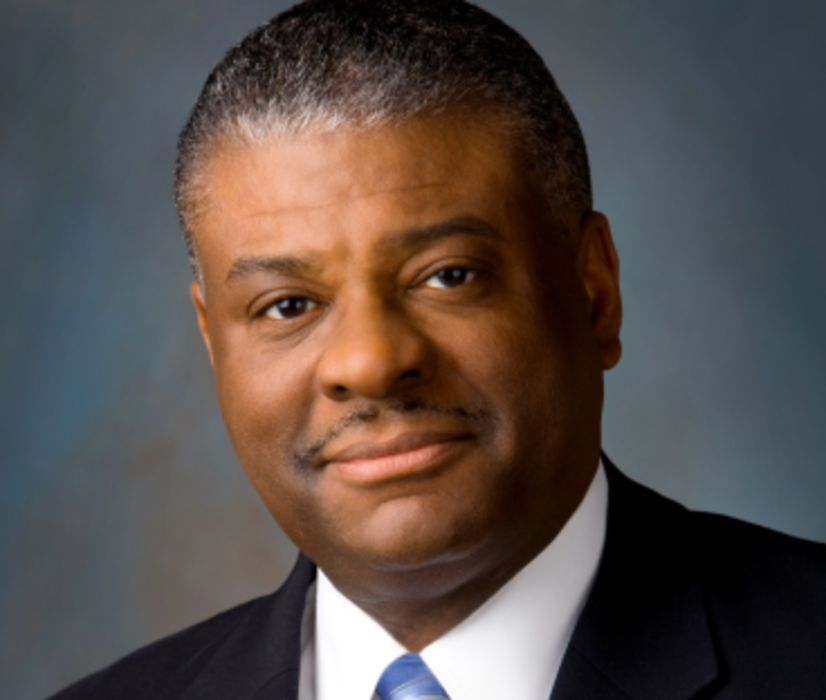Reductions in First Class mail will continue. The package business is expected to grow significantly. Digitalization will be increasingly phased in, and standard mail will remain a viable and effective way for direct mailers to market.
This is the vision Deputy Postmaster General (DPMG) of the United States Ron Stroman has for the U.S. Postal Service (USPS) three to five years from now. But if Stroman is wrong, all that may be left of the USPS is the museum situated next to Union Station in Washington, DC.
“We’ve got to be focused on the needs of our customers and compete every single day. The Internet is a fierce competitor,” Stroman says. “The Postal Service will be somewhat different than it is now, but there’s no question it will be vibrant if we can get reform.”
Stroman maintains a firm belief that postal reform can be enacted by Congress in the coming months and that a 4.3% exigent rate increase can be averted. Extraordinary forces are aligning in the turbulent 113th Congress that favor quick passage of postal reform, the Capitol Hill veteran notes.
“You’ve got the chairman and the ranking member of both [postal] authorizing committees saying that they want reform and they want it now. You have the Speaker of the House and the Senate Majority Leader saying they want reform this year. You have the President making postal reform an objective,” says Stroman, who once served as a staff director on the House Government Reform and Oversight Committee that recently introduced a new postal reform bill. “You’ve got a level of bipartisanship that’s hard to come by in Washington these days.”
Exigency looms large
So why does the threat of exigency loom over business mailers? With no Congressional relief from its debilitating obligation to prefund retirees’ healthcare, Stroman argues, the hands of the postal governors were tied. “When you look at the statement made by the board in requesting the increase, what they signaled is that, if legislation got enacted by the end of the year, they would reconsider an exigent case going forward,” he says.
The DPMG, who votes in Postal Board of Governor meetings on almost everything but pricing issues, says the agency examined how an increase would affect mail volumes to arrive at the proposed 4.3% figure. “They have a fiduciary responsibility to stabilize the finances of the Postal Service,” he says. “They are certainly aware that their customers are not happy about this, but they felt they had no choice.”
Stroman’s assessment is that postal reform transcends bipartisan parrying because a failed postal service will adversely affect industry and employment in the states and districts of all members of Congress. “Members know that most jobs are not federal government jobs. They know that they’re being created in the private sector, and that includes every member’s constituents,” he says.
Stroman urges mailers to assume a larger role in educating their congressional representatives about how an exigent increase would affect their businesses and local economies back home. “Educating your members about the importance of postal reform is the most important thing mailers can do to help reform get done,” Stroman advises. “When I worked in Congress, if a member received 20 letters or emails on an issue, that issue became important to that particular member.”
Stroman acknowledges that the road to reform is a hard and short one. If approved by the Postal Regulatory Commission, the exigent increase is scheduled to go into effect on January 27. A subsequent passage of reform legislation could lead to a rescinding of the exigent hike, but Stroman says whether or not that will happen is anyone’s guess. Best to get the bill passed, and quick.
“It’s difficult to get any piece of legislation enacted, so you have to say getting this legislation passed will encounter problems going forward,” Stroman says. “But I don’t think they’re insurmountable.”







